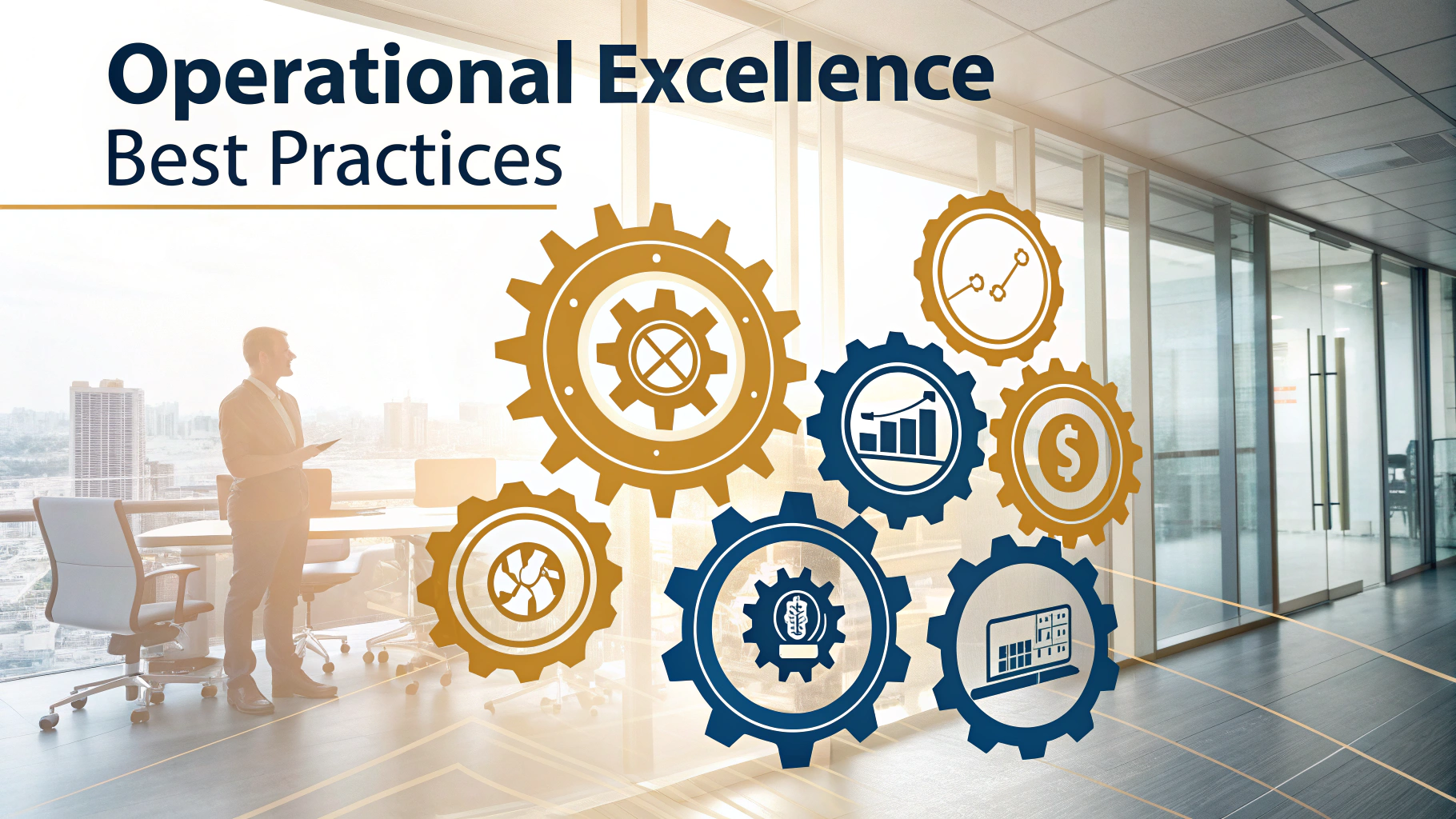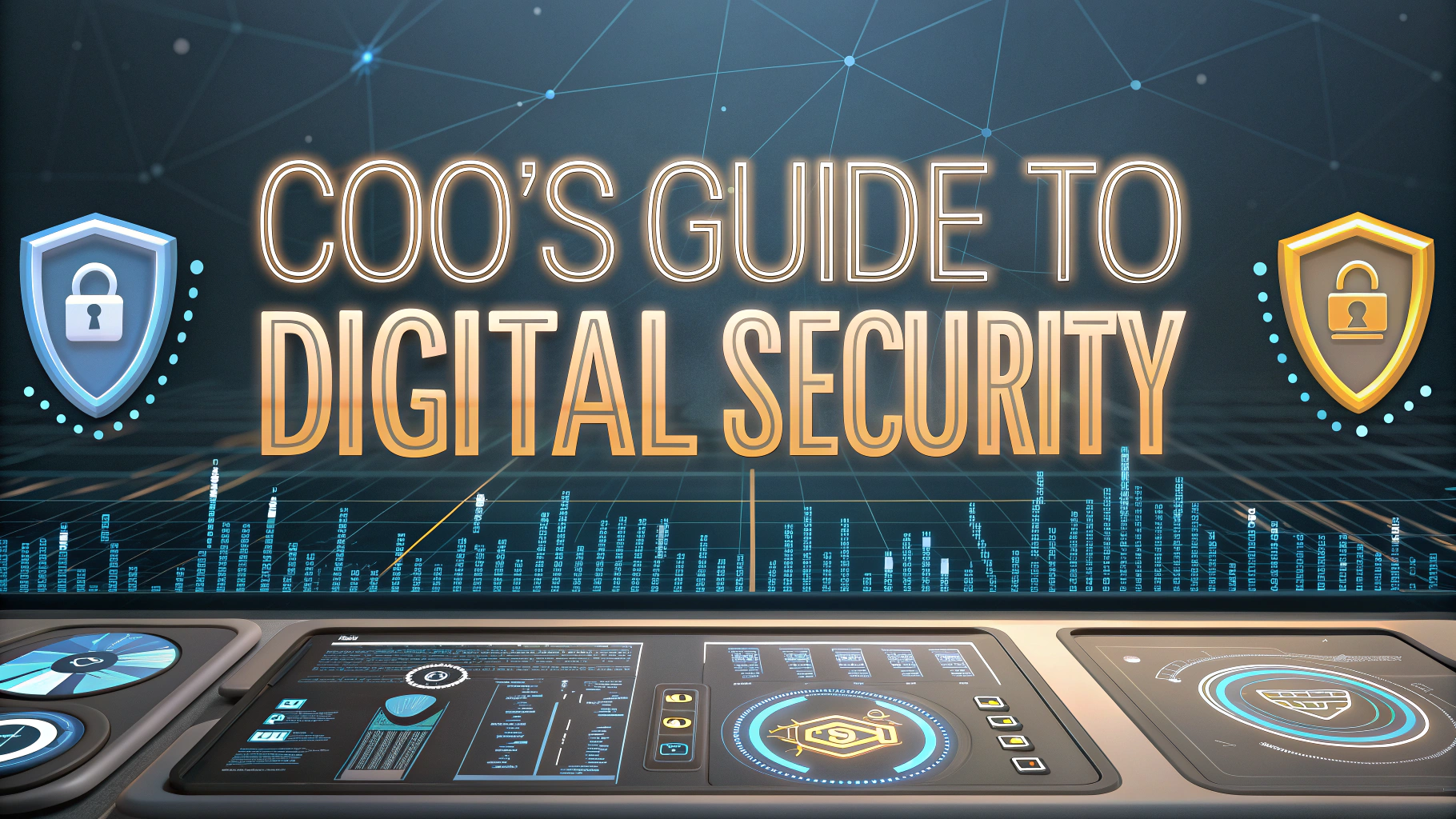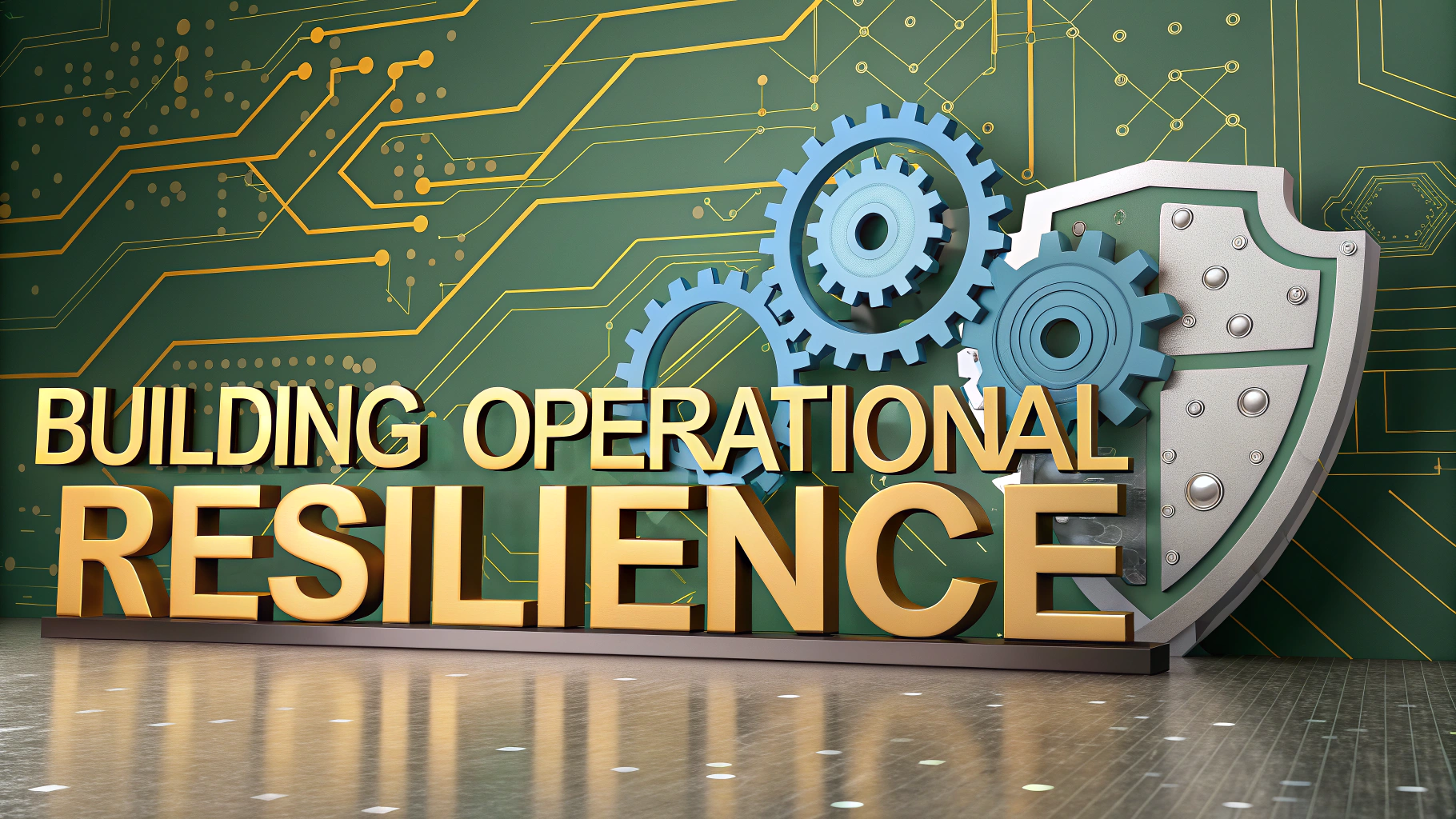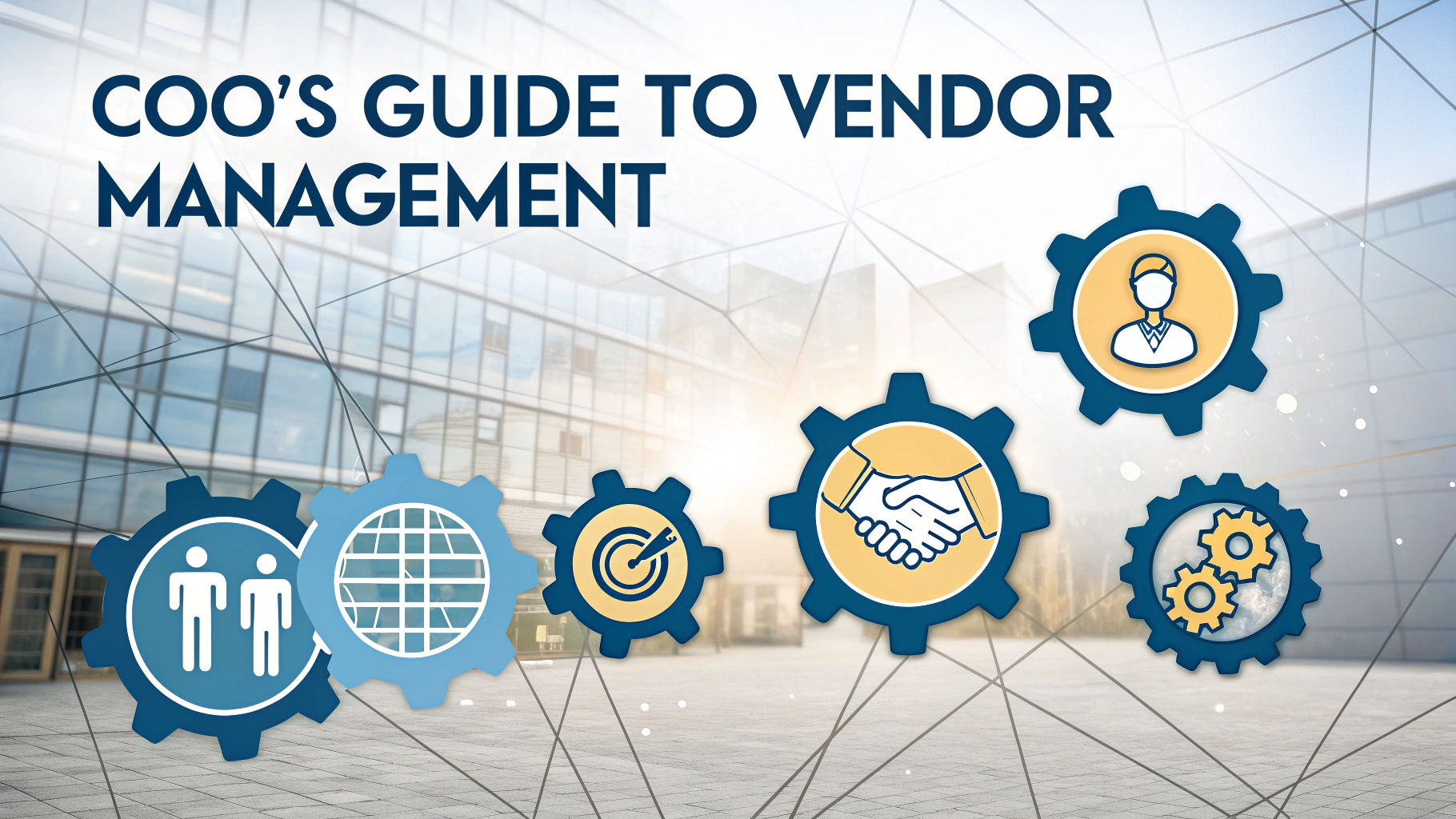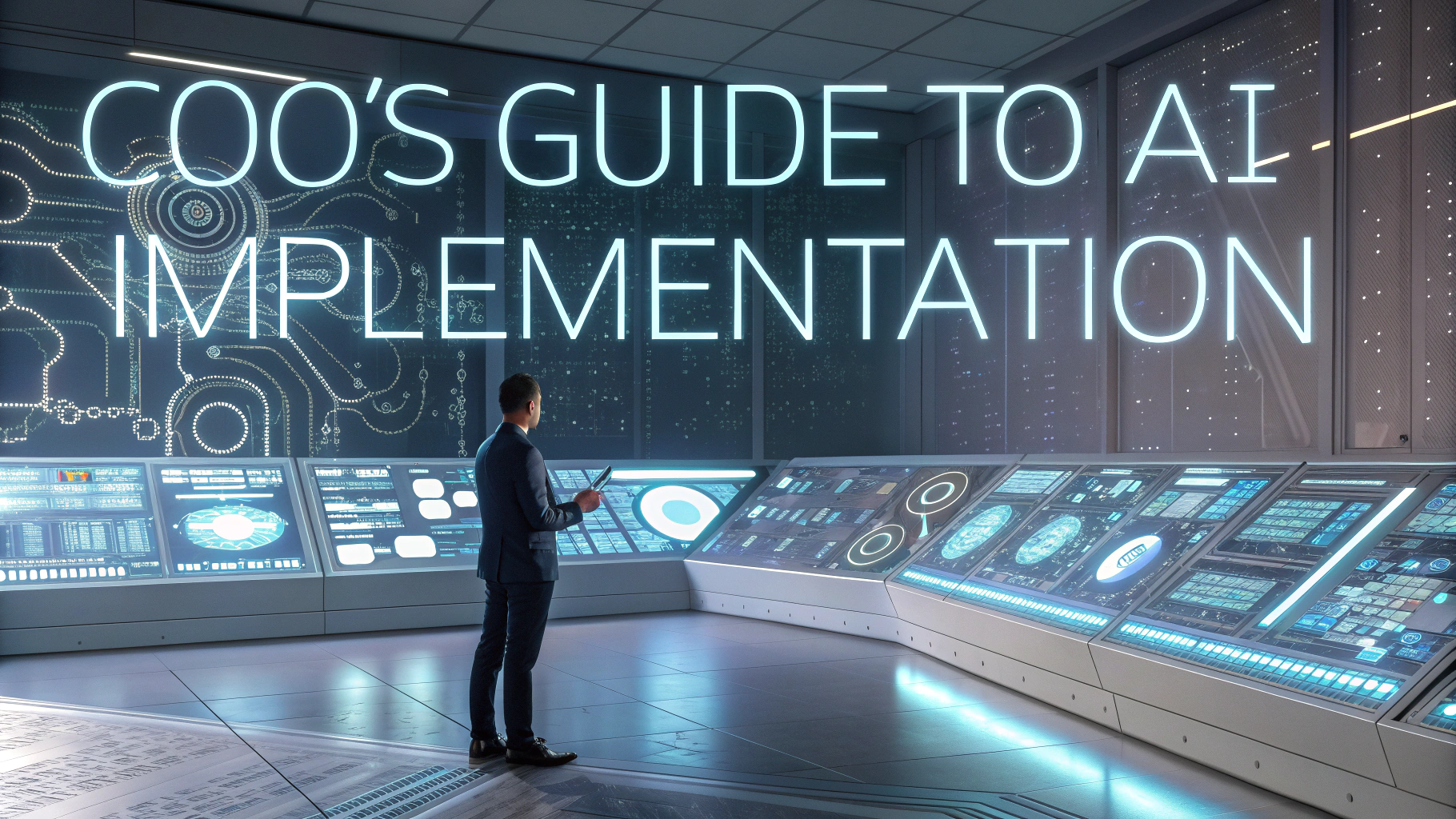A Chief Operating Officer (COO) drives operational excellence by aligning business processes, people, and technology to achieve peak performance and sustainable growth.
Operational excellence requires a systematic approach to leadership, continuous improvement, and the development of robust systems that deliver consistent results.
This guide outlines key strategies and practical steps COOs can implement to transform operations and create lasting organizational value.
Essential Components of Operational Excellence
- Process standardization and optimization
- Performance metrics and KPIs
- Employee engagement and training
- Technology integration
- Quality management systems
- Risk management
Implementing Process Standardization
Map current workflows and identify bottlenecks through value stream mapping and process analysis.
Document standard operating procedures (SOPs) for all key business processes.
Implement quality control checkpoints at critical stages of operations.
Performance Measurement Framework
| Metric Category | Key Performance Indicators |
|---|---|
| Efficiency | Cycle time, throughput, resource utilization |
| Quality | Defect rate, customer satisfaction, compliance rate |
| Financial | Operating costs, revenue per employee, profit margins |
Technology Integration Strategy
Select and implement enterprise resource planning (ERP) systems that align with business needs.
Automate repetitive tasks through robotic process automation (RPA) tools.
Establish data analytics capabilities for informed decision-making.
Employee Development Programs
- Leadership development workshops
- Cross-functional training initiatives
- Skills assessment and gap analysis
- Mentorship programs
- Performance feedback systems
Risk Management Framework
Develop comprehensive risk assessment protocols for operations.
Create business continuity plans for critical processes.
Establish regular audit schedules and compliance reviews.
Quality Management Systems
- ISO 9001 certification implementation
- Six Sigma methodology adoption
- Lean management practices
- Total Quality Management (TQM) principles
Building a Culture of Excellence
Establish clear communication channels across all organizational levels.
Recognize and reward operational improvements and innovations.
Foster a mindset of continuous improvement through regular feedback sessions.
Additional Resources
- American Society for Quality (ASQ): www.asq.org
- Institute for Operations Research and Management Sciences: www.informs.org
- Association for Supply Chain Management: www.ascm.org
Taking Action for Results
Begin with a thorough assessment of current operational capabilities and gaps.
Develop a phased implementation plan with clear milestones and accountabilities.
Monitor progress through regular performance reviews and adjust strategies as needed.
Measuring Success and ROI
Track operational metrics against established benchmarks to quantify improvements.
Calculate return on investment for operational excellence initiatives through cost savings and efficiency gains.
Document and share success stories across the organization to maintain momentum.
Change Management Strategies
- Stakeholder engagement planning
- Communication frameworks
- Resistance management techniques
- Training and support systems
- Progress tracking mechanisms
Continuous Improvement Cycle
Plan Phase
Identify opportunities for improvement through data analysis and feedback.
Do Phase
Implement changes on a small scale to test effectiveness.
Check Phase
Measure results against expected outcomes and gather feedback.
Act Phase
Standardize successful changes and restart the cycle for new improvements.
Advancing Operational Maturity
Progress through defined maturity levels from basic standardization to predictive operations.
Integrate advanced technologies such as AI and machine learning for operational optimization.
Develop capabilities for real-time decision-making and adaptive operations.
Sustaining Excellence Through Leadership
Maintain unwavering commitment to operational excellence principles and practices.
Lead by example in promoting continuous improvement and innovation.
Build lasting organizational capabilities that drive competitive advantage and sustainable growth.
FAQs
- What are the key responsibilities of a Chief Operating Officer (COO)?
A COO oversees day-to-day business operations, develops operational strategies, manages organizational structure, ensures resource optimization, implements business processes, and acts as second-in-command to the CEO. - How does operational excellence differ from operational efficiency?
Operational excellence focuses on long-term, sustainable improvement of all business processes, while operational efficiency primarily concerns resource utilization and cost reduction in specific processes. - What methodologies are commonly used to achieve operational excellence?
Common methodologies include Six Sigma, Lean Management, Total Quality Management (TQM), Kaizen, and Business Process Reengineering (BPR). - What key performance indicators (KPIs) should a COO monitor?
Essential KPIs include operational costs, productivity rates, quality metrics, customer satisfaction scores, employee turnover rates, process cycle times, and return on investment (ROI). - How does a COO implement change management effectively?
Effective change management requires clear communication, stakeholder engagement, detailed planning, employee training, monitoring progress, and addressing resistance through proper leadership and support. - What role does technology play in operational excellence?
Technology enables process automation, data analytics, real-time monitoring, improved communication, enhanced decision-making, and efficient resource management systems. - How can a COO build and maintain a high-performing team?
This involves strategic hiring, continuous training, clear goal setting, performance management, regular feedback, employee engagement initiatives, and creating a positive work culture. - What is the relationship between risk management and operational excellence?
Risk management is integral to operational excellence, involving identification of potential risks, implementing controls, ensuring compliance, and developing contingency plans to maintain operational stability. - How does a COO align operations with company strategy?
COOs align operations by translating strategic objectives into operational goals, ensuring resource allocation matches priorities, and maintaining consistent communication between strategic and operational levels. - What are the essential components of an operational excellence framework?
Key components include leadership commitment, process standardization, continuous improvement culture, performance measurement, employee empowerment, and customer focus.

